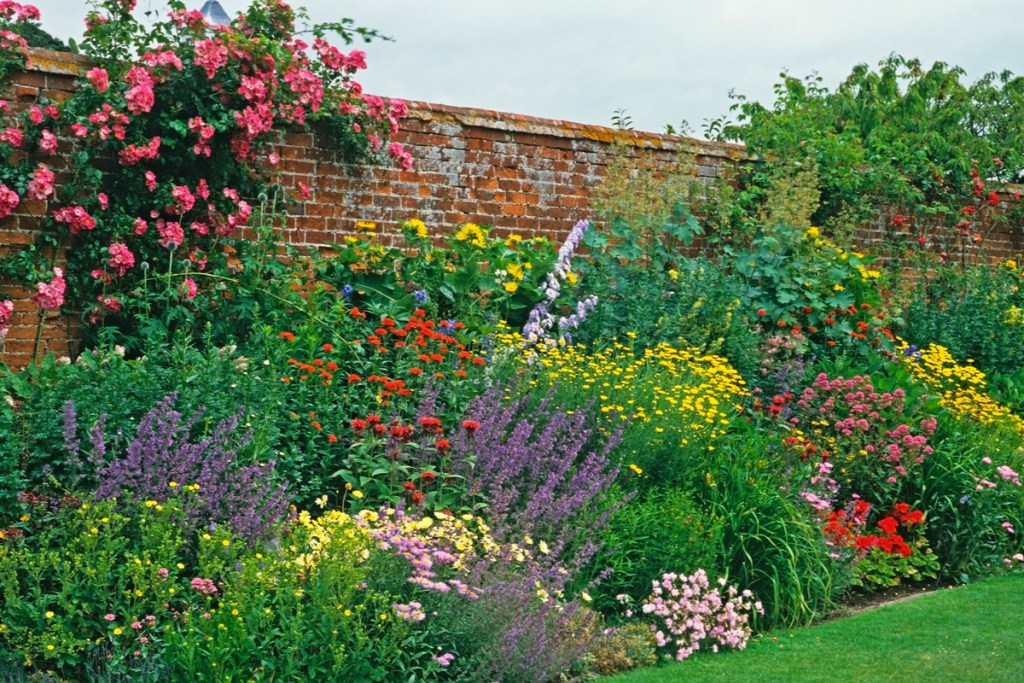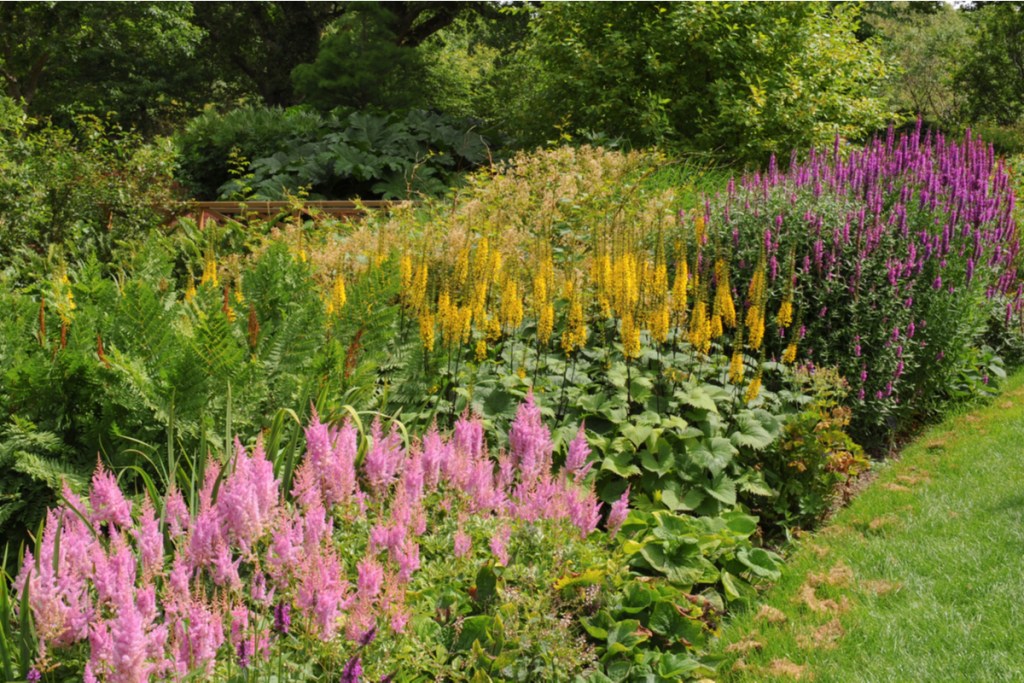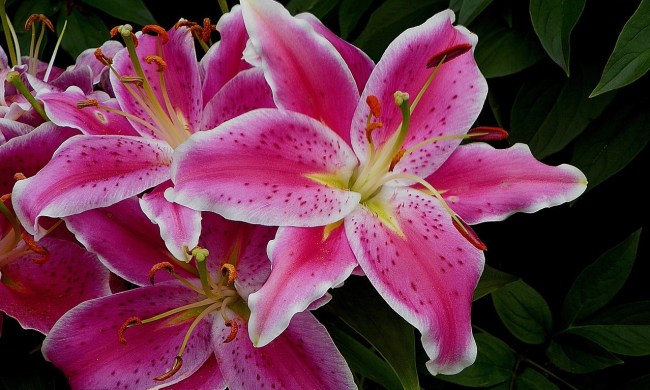Flower gardening is a great way to de-stress and beautify your landscape while supporting local pollinators like butterflies, bees, and birds. To see the best results, it takes a little bit of planning, a little bit of shopping, and a little bit of manual labor. So how do you plant flowers? If you’re ready to create a new backyard flower garden, we’ll show you how to get started.
Assess the site
There are hundreds of popular flower species that are easy to grow, but they have a variety of growing requirements relative to space, soil conditions, and lighting. The most important feature to observe prior to planting is the amount of sunlight the garden area receives throughout the day. Determine if your garden will be best for plants that prefer partial to full sunlight or partial to full shade. Sun lovers require six or more hours of direct sunlight throughout the day, while shade lovers prefer less than six hours of primarily filtered or dappled sunlight.
The size of the garden space is also important. Size determines how many plants, and how much soil amendment and mulch you’ll need to buy. Measure the length and width of the garden bed, then multiply these numbers to calculate the square footage. Keep this number handy as you shop. Note the condition of the soil. If it is heavy clay, loose sand, or filled with rocks and roots, plan to amend the area well before planting.
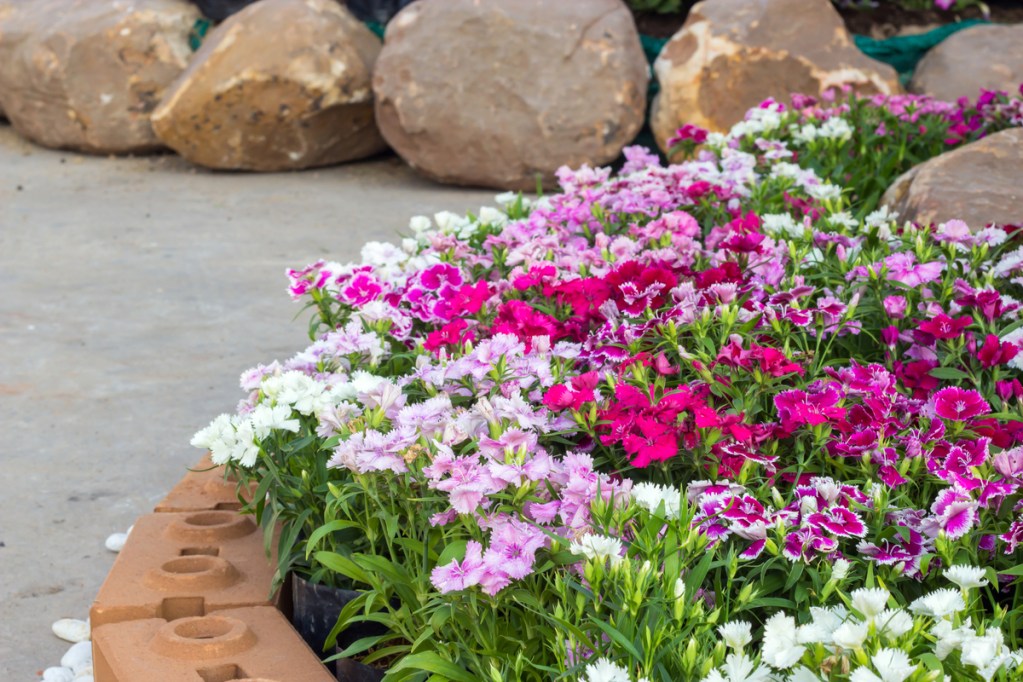
Design your new flower garden
Think of what you want your garden to look like in terms of the layout, leaf textures, and color scheme. Are you going for a formal or natural appearance? Will pathways transect the garden? What about non-plant elements like stepping stones, sculptures, or a birdbath? Consider the directions in which the garden will be viewed, looking out a particular window of the house, sitting on the patio, etc. Note any obstacles such as trees, fences, buildings, or utility lines that may interfere with the planting. Mark the garden layout on the ground with outdoor marking paint, and sketch it on paper to take along to the nursery.
Go shopping
You’ll need soil, mulch, fertilizer, and flowers. Most gardeners need enough bagged garden soil and compost to cover a bed with a 3-inch layer. One cubic foot of bagged soil covers 4-square feet of ground. Use more if your soil is especially poor. You’ll also need a 3-inch layer of mulch to cover the prepared bed.
Flower fertilizer will help your garden look its best. It comes in many forms, including liquid and granules, both organic and non organic. At planting time, use either an organic or slow-release, non-organic fertilizer to provide a consistent feed through the season.
You could start your own flowers from seeds, but with so many other start-up tasks, most gardeners purchase flower seedlings. Choose flowers that will grow in your sunlight conditions and meet any other goals you’ve set. Perennial flowers grow back year after year and have a relatively short blooming period during the growing season. Plant several different kinds of perennial flowers that bloom at different times to create an interesting garden that constantly changes through the year.
Annual flowers bloom heavily throughout the growing season but live only a single season. Plant smaller pockets of annuals in key garden locations to establish consistency or to create focal points.
Prepare the new flower garden bed
Begin by removing grass and weeds, along with the top half inch to inch of soil. Pile this material in an out of the way location where it can break down into compost. Then use a rototiller or garden spade to turn the soil to a depth of eight to 12 inches. Spread a 3-inch layer of garden soil or compost and apply flower fertilizer according to the label instructions. Work these into the bed. Cover the whole bed with a 3-inch layer of mulch.
Plant the flowers
You probably bought your flowers with a particular look in mind. Before digging in and planting them, position them in the bed without removing them from their pots. Follow the grower’s directions for spacing each kind of flower, as shown on the plant label. Take a step back and make sure you like the overall layout and spacing. If so, go ahead and plant. If not, now is the time to make adjustments, buy more plants, or return plants as needed.
Wondering how to properly plant flowers? Pull back the mulch and make a hole as deep as and slightly wider than the plant pot. Gently remove the flower from the pot and loosen the roots before placing it into the soil. Fill around the roots with soil, firm it in with the heel of your hands, and pull a layer of mulch back over the plant’s root zone. When all flowers have been planted, water them well.
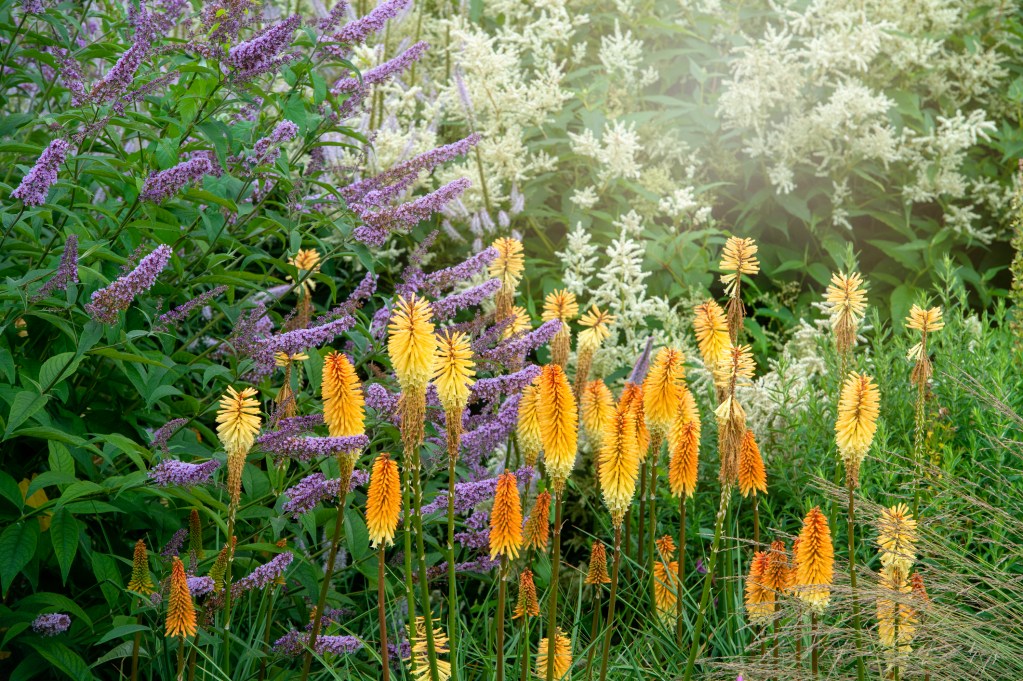
Maintain the garden
Once you’ve planted your new flower garden, keeping it beautiful is a matter of routine maintenance. Water as needed. Most flowers need about an inch of water per week to look their best. Pull weeds and remove old flower heads every week or two to keep everything tidy. The hard work of creating a new flower garden can be done in just a day or two. Afterward, you’ll have seasons of color to enjoy for years to come.

